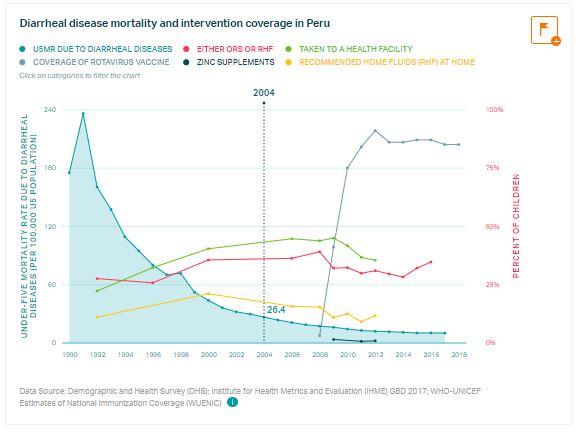Diseases Affecting Public Health in Peru
Peru, a country rich in biodiversity and culture, faces significant public health challenges due to various diseases. These diseases not only affect the well-being of individuals but also pose a threat to the country’s development and economy. The impact of these diseases is felt most acutely in rural areas, where access to healthcare is limited.
Prevalence of Infectious Diseases
Infectious diseases continue to be a major concern in Peru. Diseases such as tuberculosis and dengue fever are particularly prevalent. These conditions strain healthcare resources and highlight the need for improved public health initiatives.
Vector-Borne Diseases
Vector-borne diseases, notably malaria and Zika virus, are rampant in certain regions of Peru. The tropical climate of the Amazon Basin contributes to the proliferation of mosquitoes, leading to higher infection rates. Prevention and control efforts are essential in mitigating the impact of these diseases.
Chronic Diseases on the Rise
While infectious diseases remain a significant issue, chronic diseases are also on the rise. Conditions such as diabetes, hypertension, and obesity are becoming more common due to lifestyle changes and urbanization. Addressing these chronic diseases poses a different set of challenges for healthcare providers in Peru.
Efforts to Combat Disease
The Peruvian government and various NGOs are implementing strategies to combat disease. These efforts include vaccination campaigns, health education programs, and improved access to medical care. Community involvement is crucial for the success of these initiatives.
Link to More Information
For a deeper understanding of the diseases affecting Peru and their implications, visit this link. Understanding these challenges is vital for creating effective solutions. The more we learn, the better equipped we become to make a positive impact.

